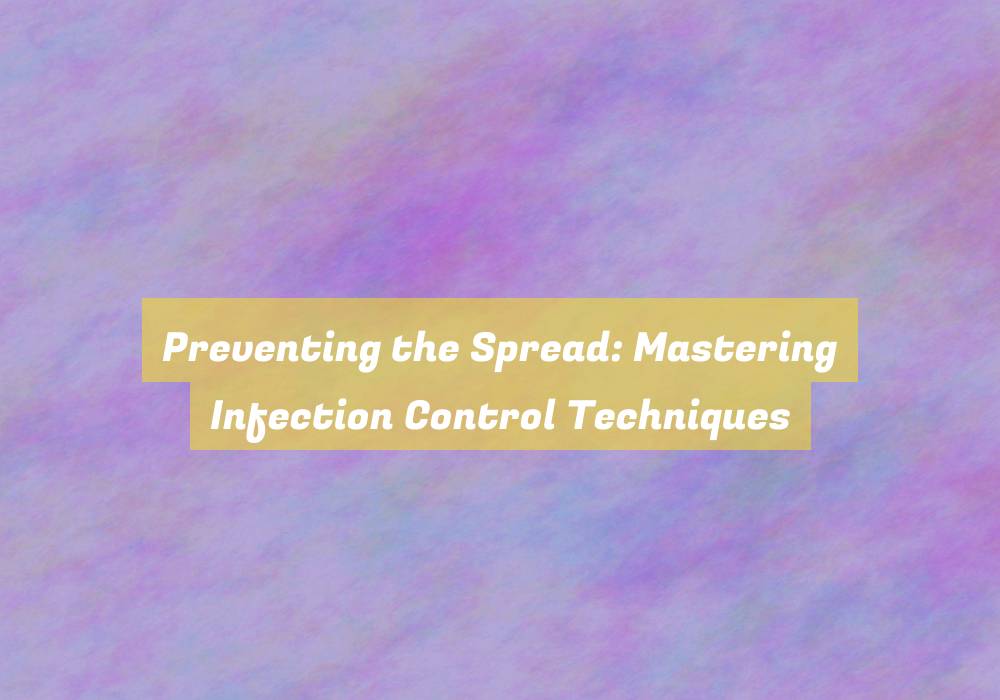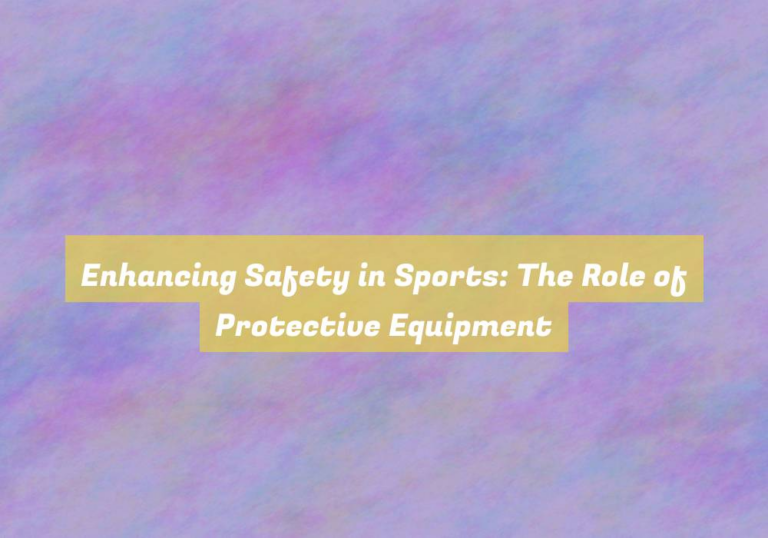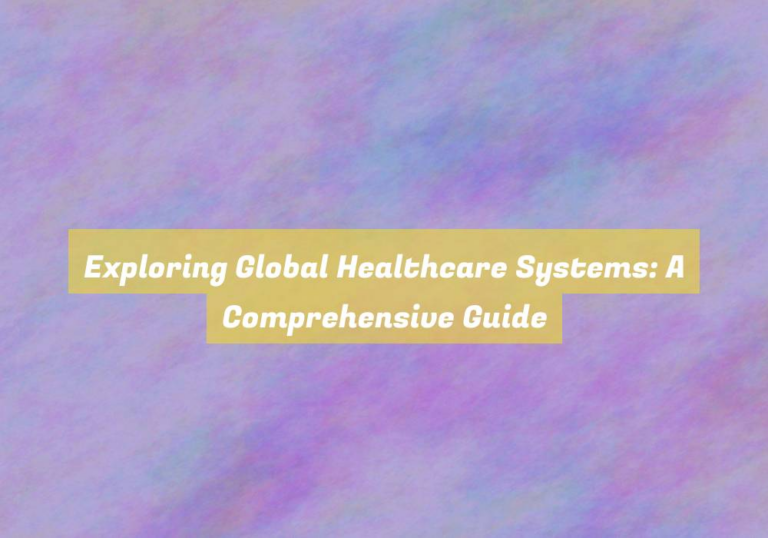Preventing the Spread: Mastering Infection Control Techniques
You may think that preventing the spread of infections is a complex and daunting task, but in reality, mastering infection control techniques can be achieved with the right knowledge and practices.
From understanding the basics of infection control to implementing effective hand hygiene practices, there are key strategies that can significantly reduce the risk of spreading harmful pathogens.
By mastering these techniques, you can not only protect yourself and others, but also contribute to creating a safer and healthier environment.
But how exactly can you ensure that you are effectively implementing these crucial infection control measures?
Understanding the Basics of Infection Control
Understanding the basics of infection control is essential for maintaining a safe and healthy environment. By following simple yet crucial practices, you can significantly reduce the risk of spreading harmful infections.
First and foremost, proper hand hygiene is paramount. Washing your hands with soap and water for at least 20 seconds, especially after coughing, sneezing, or using the restroom, is highly effective in preventing the transmission of germs. Additionally, using hand sanitizer with at least 60% alcohol can serve as a convenient alternative when soap and water arenG??t readily available.
Another fundamental aspect of infection control is respiratory etiquette. This includes covering your mouth and nose with a tissue or your elbow when coughing or sneezing to prevent the dispersal of respiratory droplets.
Moreover, ensuring that frequently touched surfaces are regularly cleaned and disinfected is vital for minimizing the spread of infections.
Implementing Effective Hand Hygiene Practices
To effectively implement hand hygiene practices, prioritize washing your hands with soap and water for at least 20 seconds, especially after coughing, sneezing, or using the restroom, as this is a fundamental step in reducing the transmission of harmful infections.
Additionally, make use of hand sanitizers with at least 60% alcohol when soap and water arenG??t readily available. ItG??s crucial to ensure that all surfaces of your hands are covered and rubbed together until they feel dry.
Avoid touching your face, especially your eyes, nose, and mouth, as this can introduce germs into your body.
Encourage those around you to practice good hand hygiene as well, as this can significantly decrease the spread of infections in your environment.
Remember to routinely clean and disinfect frequently touched objects and surfaces, such as doorknobs, light switches, and electronic devices.
Utilizing Personal Protective Equipment (PPE) Correctly
How can you ensure that youG??re correctly utilizing personal protective equipment (PPE) to safeguard yourself and others from potential infections?
First and foremost, itG??s crucial to understand the specific type of PPE required for the tasks youG??re performing. Whether itG??s gloves, masks, gowns, or eye protection, each serves a specific purpose in preventing the spread of infections.
Before putting on any PPE, ensure that your hands are thoroughly clean to avoid contaminating the equipment. When donning PPE, make sure it fits snugly but comfortably to provide the best protection. Avoid touching your face or adjusting the equipment once itG??s on to prevent cross-contamination.
Additionally, be mindful of proper removal techniques to avoid self-contamination. Dispose of single-use PPE properly and wash reusable PPE thoroughly after each use.
Remember, PPE is only effective when used and removed correctly, so itG??s essential to undergo regular training and stay updated on best practices.
Maintaining a Clean and Sanitized Environment
Regularly disinfect surfaces and frequently touched objects to maintain a clean and sanitized environment, helping to prevent the spread of infections. Use an EPA-approved disinfectant and follow the manufacturerG??s instructions for proper application and contact time. High-touch surfaces such as doorknobs, light switches, countertops, and electronic devices should be disinfected multiple times a day, especially in high-traffic areas.
Additionally, ensure that cleaning staff are equipped with the necessary personal protective equipment (PPE) and are trained in proper disinfection techniques.
Implement a routine cleaning schedule for all areas of your facility, including patient rooms, waiting areas, and common spaces. Pay special attention to restrooms, which are often hotspots for germs. Use disposable cleaning cloths or disposable mop heads to avoid cross-contamination, and change them frequently. When cleaning, start from the cleanest areas and work towards the dirtiest to prevent spreading germs.
Lastly, maintain good ventilation in indoor spaces to help reduce the concentration of airborne contaminants. By consistently following these cleaning and disinfection practices, you can effectively minimize the risk of infections spreading within your environment.
Conclusion
In conclusion, mastering infection control techniques is essential for preventing the spread of diseases.
By understanding the basics of infection control, implementing effective hand hygiene practices, utilizing personal protective equipment correctly, and maintaining a clean and sanitized environment, you can help keep yourself and others safe.
ItG??s important to stay informed and proactive in practicing these techniques to protect yourself and those around you from the spread of infections.







